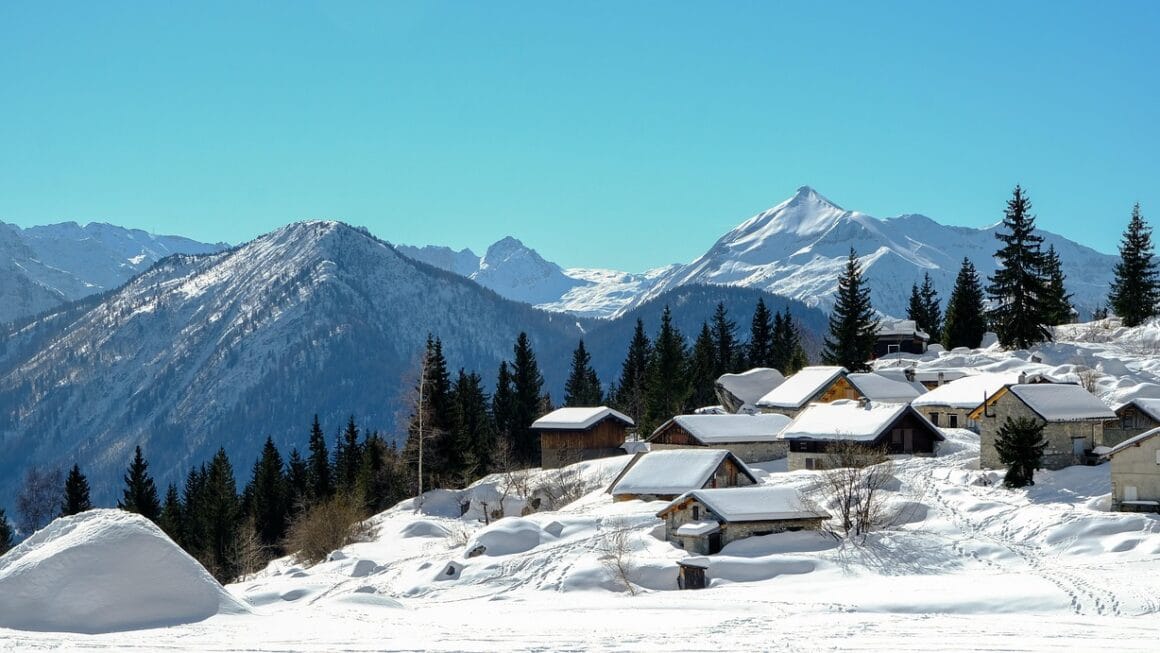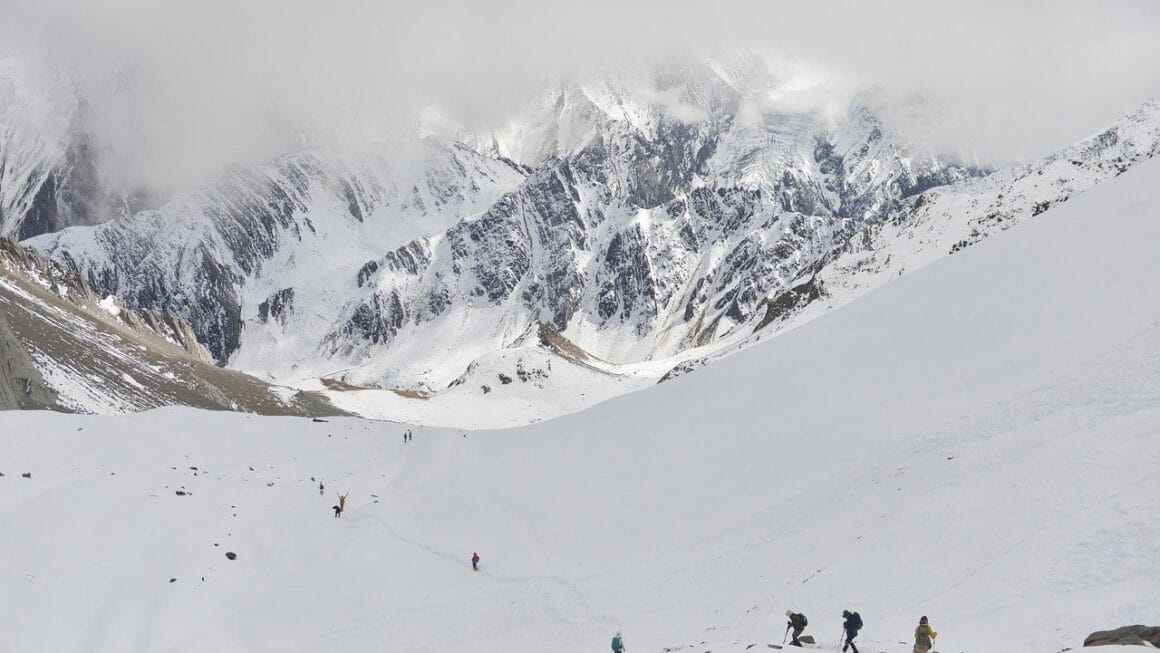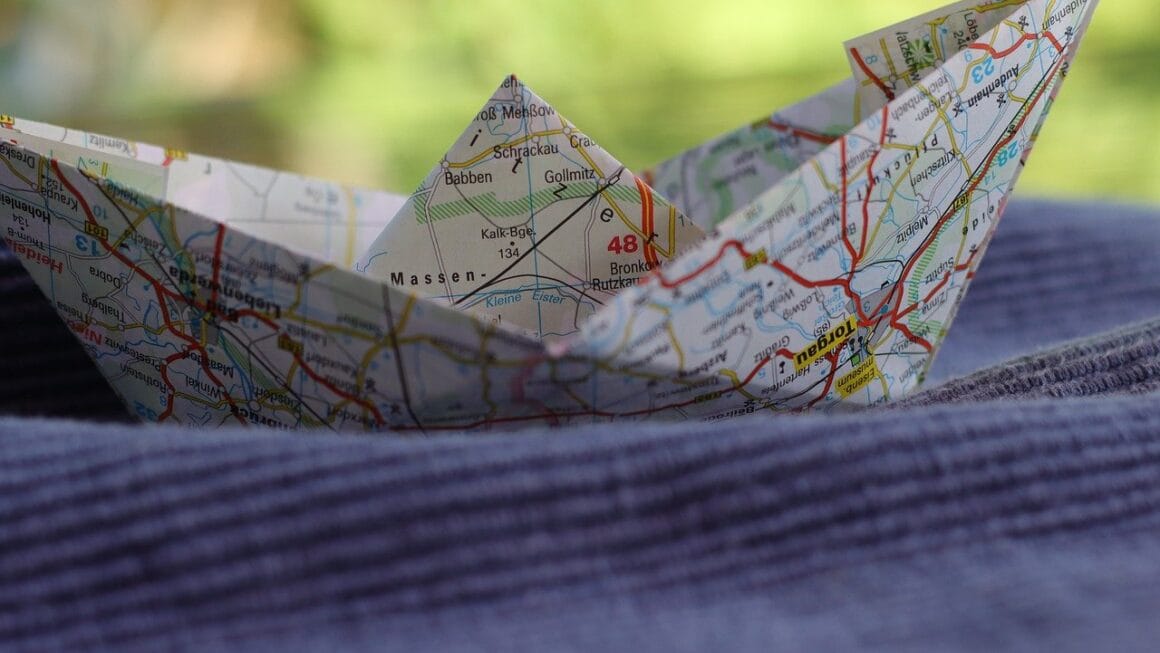Trekking into the wilderness, whether it’s scaling a snow-capped mountain or navigating a dense rainforest, is an experience that can be both exhilarating and challenging. While some seasoned adventurers confidently embark on solo expeditions, the vast majority of trekkers, especially those venturing into unfamiliar or demanding terrains, benefit greatly from the expertise and guidance of professional trekking guides. This guide delves into the world of trekking guides, exploring their critical roles, the skills they possess, and how to choose the right one for your next adventure.
The Indispensable Role of a Trekking Guide
Safety and Risk Management
A trekking guide’s primary responsibility is ensuring the safety of their clients. This involves a comprehensive approach to risk management:
- Navigation and Route Finding: Trekking guides are intimately familiar with the trails, potential hazards, and safe passage routes. They can navigate through challenging terrains, even in adverse weather conditions, using maps, compasses, GPS devices, and their extensive knowledge of the area. For example, in the Himalayas, guides are adept at navigating through unpredictable mountain weather and potential avalanche zones.
- First Aid and Emergency Response: Trekking guides are typically certified in first aid and carry a well-stocked medical kit. They’re trained to handle common trekking-related injuries and illnesses, such as altitude sickness, sprains, and dehydration. They also have established protocols for emergency evacuations, knowing how to contact rescue services and coordinate a safe retrieval in remote areas.
- Environmental Awareness: Responsible guides are also trained in Leave No Trace principles, minimizing their impact on the environment. They educate trekkers on proper waste disposal, water conservation, and respecting local flora and fauna.
Enhanced Trekking Experience
Beyond safety, a good trekking guide enriches the entire trekking experience.
- Local Knowledge and Cultural Insights: Guides often possess in-depth knowledge of the local culture, history, and traditions. They can provide valuable insights into the region’s unique features, allowing trekkers to connect with the environment and the local communities they encounter. For example, a guide in Nepal can explain the significance of prayer flags or the customs of the Sherpa people.
- Logistical Support: Trekking guides handle the logistical aspects of the trek, from securing permits and arranging transportation to coordinating with porters and booking accommodations. This allows trekkers to focus on enjoying the journey without the added stress of planning and organization. They can also adjust the itinerary based on the group’s abilities and preferences.
- Wildlife Spotting: Experienced guides are often skilled at spotting local wildlife and can educate trekkers about the animals and plants they encounter. They know the best places to look for specific species and can provide valuable information about their behavior and habitat.
Essential Skills and Qualifications
Navigation and Wilderness Skills
- Map Reading and Compass Use: Proficient in using topographic maps and compasses to navigate in diverse terrains.
- GPS Proficiency: Able to use GPS devices for navigation and tracking, including uploading and interpreting data.
- Knot Tying: Knowledge of essential knots for various trekking purposes, such as securing loads and setting up shelters.
- Survival Skills: Basic survival skills, including fire starting, shelter building, and water sourcing.
First Aid and Emergency Response
- Wilderness First Responder (WFR) or Wilderness First Aid (WFA) Certification: Essential certifications demonstrating proficiency in providing medical care in remote environments.
- CPR Certification: Knowledge of cardiopulmonary resuscitation techniques.
- Altitude Sickness Awareness: Understanding the symptoms, prevention, and treatment of altitude sickness.
- Emergency Evacuation Procedures: Knowledge of how to contact rescue services and coordinate an evacuation.
Interpersonal and Communication Skills
- Excellent Communication Skills: Able to clearly communicate instructions, information, and safety briefings to trekkers.
- Leadership and Decision-Making: Capable of leading a group effectively and making sound decisions in challenging situations.
- Cultural Sensitivity: Respectful of local cultures and customs, able to interact with local communities in a responsible manner.
- Problem-Solving: Able to effectively address unexpected challenges and find creative solutions.
Choosing the Right Trekking Guide
Research and Recommendations
- Online Reviews and Testimonials: Look for online reviews and testimonials from previous trekkers. Websites like TripAdvisor, Lonely Planet, and hiking forums can provide valuable insights.
- Trekking Agencies: Reputable trekking agencies often have experienced and qualified guides on staff. Check their credentials and ask for references.
- Personal Recommendations: Ask friends, family, or other trekkers for recommendations based on their experiences.
Assessing Qualifications and Experience
- Certifications and Training: Verify that the guide has the necessary certifications, such as WFR or WFA, and that their training is up-to-date.
- Local Knowledge: Inquire about the guide’s experience in the specific region you plan to trek. A guide with extensive local knowledge will be better equipped to handle unforeseen challenges.
- Language Proficiency: Ensure that the guide is fluent in a language that you understand well. Clear communication is essential for safety and enjoyment.
Understanding Personality and Compatibility
- Meet the Guide: If possible, meet the guide in person or have a video call to assess their personality and communication style.
- Ask Questions: Prepare a list of questions to ask the guide about their experience, approach to safety, and knowledge of the area.
- Trust Your Instincts: Choose a guide that you feel comfortable with and trust. A good rapport with your guide can significantly enhance your trekking experience.
The Cost of Hiring a Trekking Guide
Factors Influencing the Price
- Duration of the Trek: Longer treks will typically cost more due to the increased time commitment and resources required.
- Difficulty of the Trek: More challenging treks, such as those involving high altitudes or technical terrain, may command a higher price due to the increased risk and experience required.
- Group Size: The cost of hiring a guide can be shared among a group, making it more affordable than hiring a guide for a solo trek.
- Inclusions: The price may include permits, transportation, accommodations, meals, and other expenses. Clarify what is included in the price before booking.
Budgeting and Value
- Compare Prices: Get quotes from multiple guides or trekking agencies to compare prices and services.
- Consider Value, Not Just Price: While price is a factor, don’t compromise on safety and experience. A slightly more expensive guide with better qualifications may be a better value in the long run.
- Factor in Tips: It is customary to tip trekking guides in many countries. Factor this into your budget. A general guideline is 10-15% of the total cost of the trek.
Conclusion
Hiring a qualified trekking guide is an investment in your safety, enjoyment, and overall experience. From navigating challenging terrains and providing essential medical care to sharing invaluable local knowledge and enhancing your cultural understanding, a good guide is an indispensable asset for any trekking adventure. By carefully researching, assessing qualifications, and understanding the costs involved, you can select a guide who will not only ensure your safety but also create lasting memories of your trek. Ultimately, the right trekking guide transforms a simple hike into an unforgettable journey of discovery.




